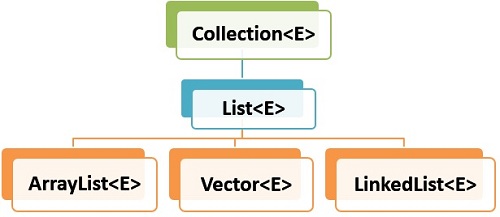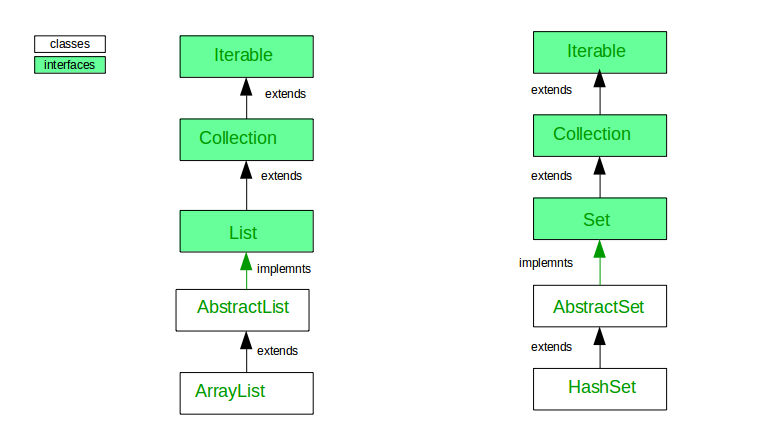
Java array vs arraylist to get size code#
Removing even a million messages using such code would be done in a blink of eye.
Java array vs arraylist to get size how to#
So, how to fix it? If all elements are added to the buffer first and processed (removed) only after that, we can reverse this list by calling Collections.reverse and when remove messages from the list tail:Įlem el = buffer.remove( buffer.size() - 1 ) Įach call to remove last element would not invoke System.arraycopy call, so such method call complexity would be O(1). The only difference is that it moves elements to the right while adding new elements to the head, but moves them to the left while removing elements from the head. This proves that most of time in both cases is spent in System.arraycopy calls. These are literally the same numbers as for add test case. On my computer it took 126 seconds to clean list of 1M Strings using above code (and, just to prove O(n 2) complexity of this approach – 30 seconds to clean list of 0.5M Strings). As a result, that code has literally stopped processing. But after that someone decided to use the same program to process much larger dataset – a few million messages. Initial dataset was no larger than 100K elements, so slowdown caused by this method was not noticed. First of all, caller code added a lot of elements to the buffer, and after that the following code snippet was used to process buffer contents: The biggest problem caused by this method author has ever seen was in the buffer implementation. For example, if you want to remove first element of the list, you should call remove(0), but if you want to remove first zero value from list, you’d better call remove( (Integer) 0 ).Īs it was said before, remove(int) has O(n) complexity. If we have ArrayList, when you must pay attention to all remove(int) calls: what are you really going to call – remove(int) or remove(Object)? You may need to manually cast remove(int) argument to int datatype and remove(Object) argument to Integer datatype. After that all elements from the right are shifted to the left via System.arraycopy call, that’s why this method has O(n) complexity. This method removes a single element at given position. Extension logic was changed in Java 7: previously new array size was oldSize * 3 / 2 + 1, but it is oldSize * 3 in Java 7.Įach of remove methods has its own problems, so they would be discussed separately.

If there is not enough space in the array to fit new elements, it should be extended. Adding 0.5M elements took 30 seconds, which proves that n calls of a method with O(n) complexity have O(n 2) complexity (adding 2 times more elements took 4 times longer). Adding 1M elements to the head of List took 125 seconds on my computer. This means that you shouldn’t add too many elements to the head of big ArrayList.

Methods specifying insertion position have to copy all array elements to the right from insertion point by System.arraycopy call, that’s why these methods have O(n) complexity (performance penalty is small if new element is added near the tail, but getting larger when insertion point moves towards the head). Single argument methods are adding new elements to the list tail. There are 2 pairs of methods used to add elements: If you need a resizable list of primitive type values, you should read a Trove library article. It is backed by an Object array, which size is dynamically adjusted while user adds or removes elements from the list. ArrayList methods will be divided into several groups and their performance will be discussed.ĪrrayList is a general list implementation suitable for most use cases.

iterator ( ) while (iter.We will discuss most of possible ArrayList performance problems in this article.


 0 kommentar(er)
0 kommentar(er)
